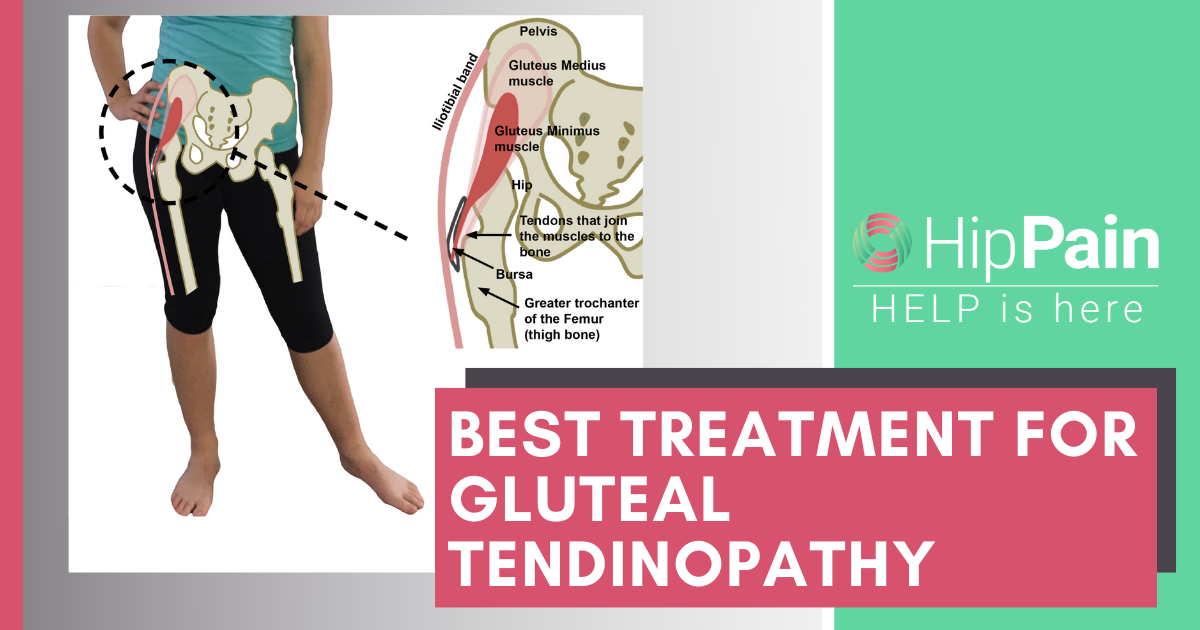What is a Hip Flexor Strain?
Muscle strains or “tears” usually happen suddenly with a fast movement. When this type of injury occurs it is often referred to as “acute”, meaning recently occurring. A hip flexor strain is a strain that can affect one of the muscles that make up the hip flexors. There are several different muscles that make up the hip flexors, the name given to the muscle group at the front of the hip that helps lift the knee up to the chest.
They are rectus femoris (also one of your quadricep muscles), iliacus and psoas (often considered as one by a lot of people and named “iliopsoas”) sartorius and TFL. These muscles can be viewed in the two images below


Which Of the Muscles Can a Hip Flexor Strain Occur In?
Acute hip flexor injuries can occur in all of these muscles, their tendons or their attachments to the bone. A recent study by Serner et al looking at 33 hip flexor injuries found:
48% to rectus femoris (16)
36% to iliacus (12)
21% to psoas (7)
12% to sartorius (4)
3% to TFL (1)

Rectus Femoris is a big power muscle with a complex job of having to control two joints, the hip and the knee. These are some of the reasons it is the most frequently injured muscle, accounting for almost 50% of hip flexor acute injuries. In all but one case all the injuries that Serner looked at were to rectus femoris in isolation, not involving any of the other muscles. At the hip, the rectus femoris has two attachments to the bone, the indirect head goes into the top of the hip joint, the direct head runs up to attach to a bony prominence at the front of the hip called the AIIS (anterior inferior iliac spine) – injuries can occur to either, although most commonly to the indirect head (94%). Check out the anatomy images at the beginning of this blog to see where the rectus femoris is located.

This is very different to the iliopsoas bundle where although 50% were an isolated iliacus injury, only one was an isolated psoas injury ( you can see exactly where these muscles are located in teh anatomy image at teh top of this blog). So many injuries to either of these muscles may include injury to another hip flexor at the same time.
How you injure yourself may be another indicator of which structure you have strained. Acute Rectus Femoris strain is commonly associated with sprinting and kicking whereas iliopsoas injuries are more likely to occur with change of direction movements (Serner 2018).
Sartorius and TFL, although far less injured in acute injuries to the hip flexors, are sometimes involved and therefore cannot be forgotten. They must be tested in conjunction with other special tests for each individual hip flexor muscle.
Diagnosis as to the exact location of your pain is not so easy for the hip flexors (Serner 2016) MRI has also been shown to be a useful aid in accurate diagnosis.


Your Hip Pain Professional Will:
- Perform a thorough assessment to ascertain which structure or structures are most likely to be involved in your injury.
- further assess to decide exactly which part of the muscle or its tendon is affected
- Use their assessment findings and maybe information from other forms of assessing the area (such as ultrasound or MRI imaging) to help guide you as to your exact diagnosis and how long your recovery will take to return to full pre injury level
- Utilise their skills (possibly involving manual therapy and dry needling) to assist optimise your recovery.
- Educate you on other intervention that may help such as the use of ice or medications
- Will help guide you through a specific rehabilitation program which will be markedly different depending on exactly which hip flexor structure you injured.







